|
|
|
3rd Battalion
- Homepage
(Ex 20th Carnatic Battalion - 1777) |
|
1971 War - Commanding Officer
|
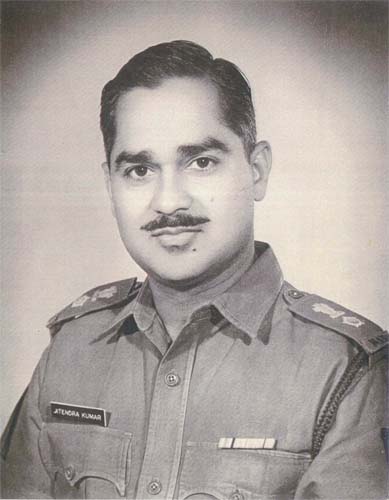
Lt. Col. Jitendra Kumar
( 1932 - 2001 ) |
|
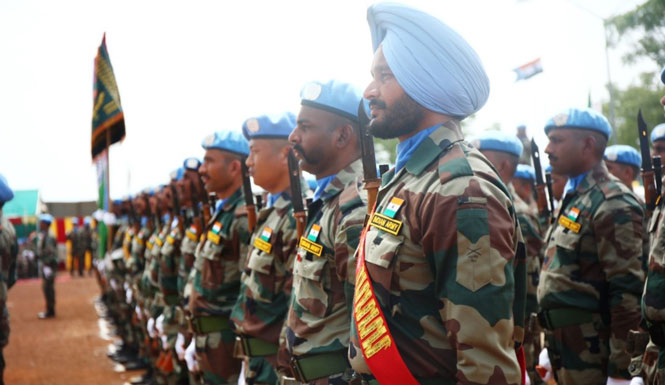
THE UNKNOWN TRIALS AND TRIBULATIONS INVOLVED IN ORGANIZING AN INDIAN MEDAL PARADE CEREMONY.
By Janet Adongo
Few civilians would know it, but there is a lot more to a medal parade ceremony, a frequent occurrence in any peacekeeping mission, than the handing out of pieces of suitably engraved metal. Captain Divyesh Singh Bhandari from India, parade commander for last week's ceremony in Malakal, let us in on what goes on behind the scenes.
Standing up in lines without falling over. How hard can it be? Well, actually a bit tricky for anyone who has to do so for 40 minutes. Add 40 degrees Celsius and a bit of sunshine to the mix, and the need for daily heat-resistance training sessions begins to make some sort of odd sense.
"When you stand still for a long time, your blood circulation is affected. If you add heat, it's even harder. Some soldiers would faint during rehearsals but we had to keep going," says Captain Bhandari, who oversaw a long month of preparations.
Then comes the actual drills and coordinated movements, not to mention the positioning of the troops and the timing of it all. The parade has to be centrally aligned with the VIPs seated in their dais, and enough space has to be calculated for the guard of honour and the actual pinning of the medal to proud military chests. To achieve a seamless parade on the day when it matters, Captain Bhandari and his colleagues went through the motions twice or thrice a day.
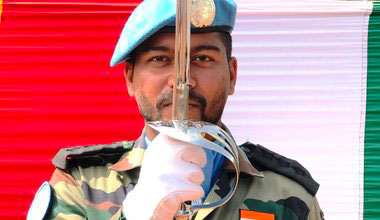 "We take these drills as an opportunity for us to show the professional skills and competencies of the group. We show the collaboration, the coordination, the command and control of the Indian Army," the parade commander says. "We take these drills as an opportunity for us to show the professional skills and competencies of the group. We show the collaboration, the coordination, the command and control of the Indian Army," the parade commander says.
On the actual parade day, once the show is over, Captain Bhandari is beaming with pride. The hoarseness of his voice does, however, reveal the role-specific toll that the persistent, accumulated shouting of commands has taken. Shout at your own peril, someone should warn aspiring parade commanders.
"I would gurgle hot water, take garlic and honey just to get my voice ready to give commands loud enough for everyone to hear in an open field. With one week left to the parade, my voice was gone! I had to take even more hot water to make sure I could complete the task," Captain Bhandari admits.
His role on the day is one of great honour and distinction.
"It felt good when I was selected as a parade commander. To be a parade commander you have to have great voice command, good bearing and be very smart – because if I make a mistake, everyone makes a mistake," he says.
Captain Bhandari is one of hundreds of soldiers from a contingent that includes the Indian Battalion, the Horizontal Mechanical Engineering Company, the Level II hospital, the Petroleum Platoon and the Force Signal Unit. They have all received the United Nations medals of honour for their dedication and service in peacekeeping.
In addition to the perfectly-executed parade display, the soldiers enthralled the audience with entertaining performances ranging from emotional mini-dramas to puppetry, fire-twirling and the ever-popular, trademark bhangra dancing.
Besides discharging their normal duty of protecting civilians, the Indian contingent in Upper Nile has gone the extra mile in providing much-needed veterinary services, vocational training, life-saving medical assistance and other outreach activities. Significant road repair work has been another recurring theme.
The recent reopening of the Malakal veterinary hospital, the rehabilitation of the Malakal stadium, and the reconstruction of the Akoka bridge are a few notable and tangible contributions.
Colonel Gaurav Batra, who commands the 850-strong Indian battalion, considers such extracurricular efforts "a normal part of Indian culture".
"Even in our country we are sometimes called upon to assist in areas where it is extremely difficult to alleviate the suffering of the people. It is the nature of the Indian Army to step in any time when there is a need when we are on peacekeeping missions."
The Upper Nile Regional Commander Brigadier General Albert Dawohoso commended the Indian contingent for their tremendous effort commitment and dedication to duty. "The capability of the Indian contingents is reflected in the success achieved in all spheres of professional requirements," he said, adding that they have made their country proud.
India is one of the largest contributors of UN troops, with military personnel from the Indian Armed Forces operating in seven ongoing peacekeeping missions. In South Sudan's Upper Nile region alone, the Indian Battalion has bases in Malakal, Nassir, Renk, Melut and Kodok.
https://unmiss.unmissions.org/unknown-trials-and-tribulations-involved-organizing-indian-medal-parade-ceremony

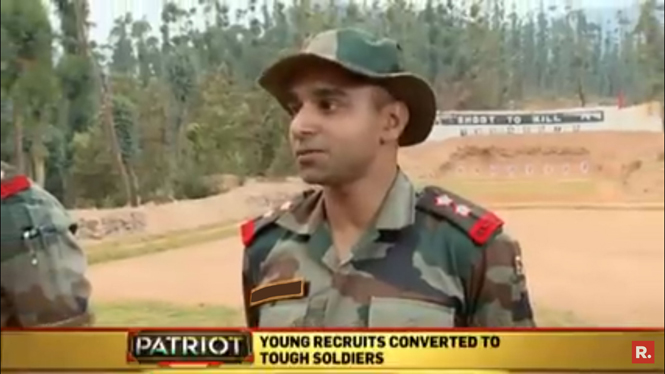
A Young Officer has to first learn about the Regiment they have volunteered to serve in, and the traditions of service , honor, and sacrifice, in peace, and in War.
|
2008 - Bihar Flooding
3rd Bn. Pictures ( 1 Pages )
|
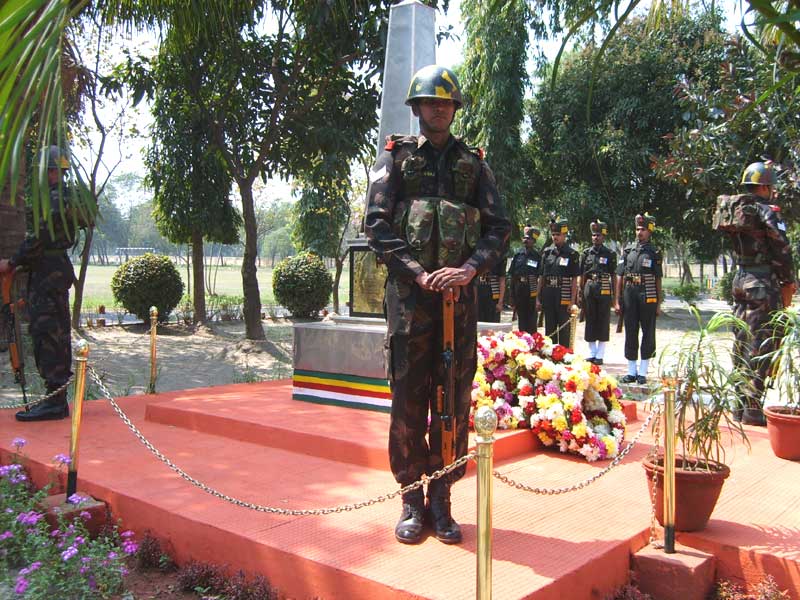
2007 - 45th Raising Day
3rd Bn. Pictures ( 4 Pages )
--------------------------------

2006 - Siachen Pictures
( 4 Pages )
--------------------------------

Soldiers of 19th Madras infantry 1885 (Now 3
Madras)
--------------------------------
----------------------------

1990's Col. Ajit Singh,
Lt. Col. J. Kumar,
Mrs Nirdosh Kumar,
Col. Vasudeva at MRC.
-------------------------------

2005- 3 Madras get together
at DSOI Delhi
-------------------------------
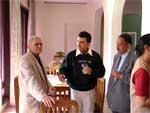
2005- Col Chaman,
Brig K at DSOI Delhi
-------------------------------
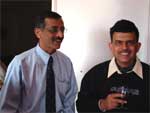
2005- Brig K,
Col Sakuja at DSOI Delhi
-------------------------------
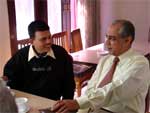
2005- Brig K,
Brig Jaspal Singh at
DSOI Delhi
-------------------------------

-------------------------------
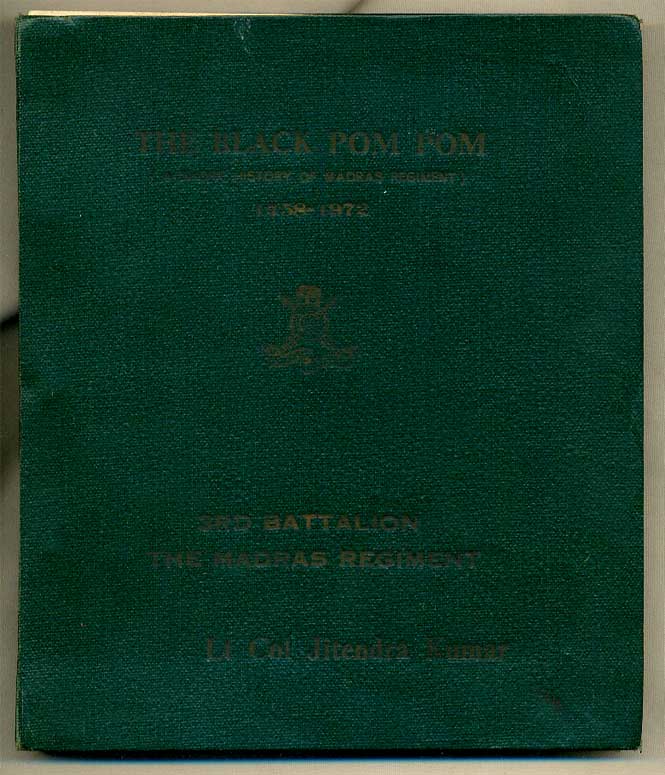
From The Black Pom Pom
A SHORT HISTORY OF THE MADRAS
REGIMENT - 1758 - 1972
Lt. Col Jitendra Kumar
3 MADRAS
-------------------------------
1970 - 3 Madras contingent
at MRC
-------------------------------

1971 - C.O.'s Office- Firozepur
-------------------------------
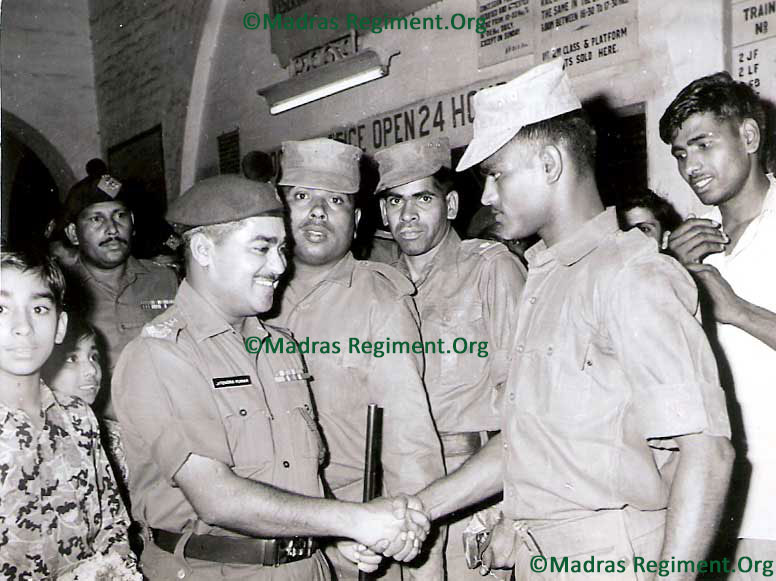
1972- C.O.'s farewell -
Railway Stn- Firozepur
-------------------------------
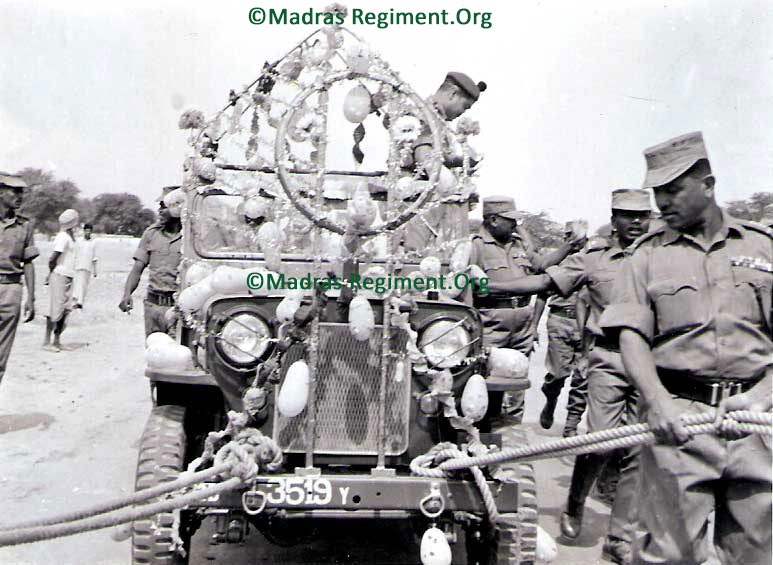
1972- C.O.'s farewell -
Firozepur
-------------------------------
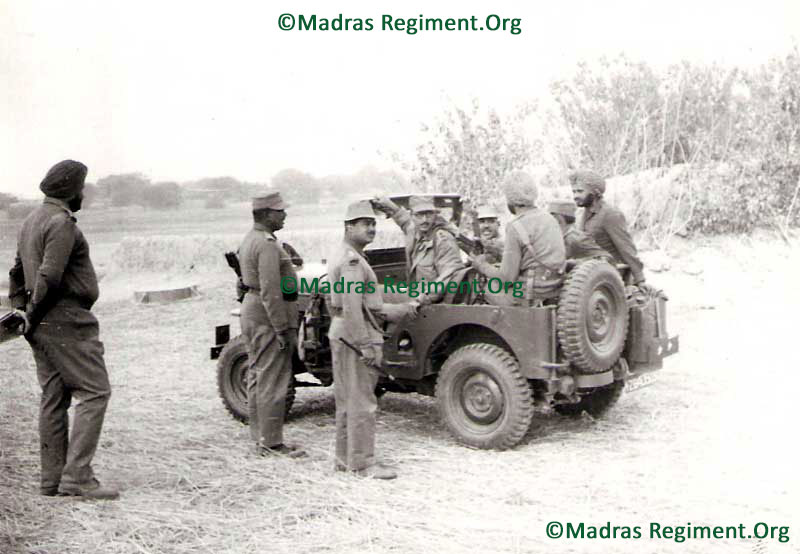
1971 War -Khalra Sector
-------------------------------

1971 War - Div G.O.C.
Maj Gen Freemantle at
3 Madras
-------------------------------
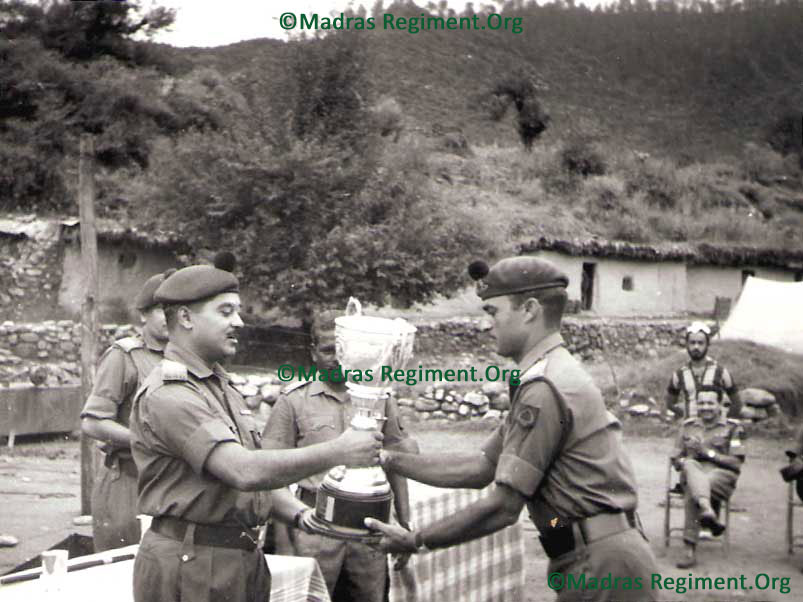
1972 - Sports Trophy -
Firozepur
-------------------------------
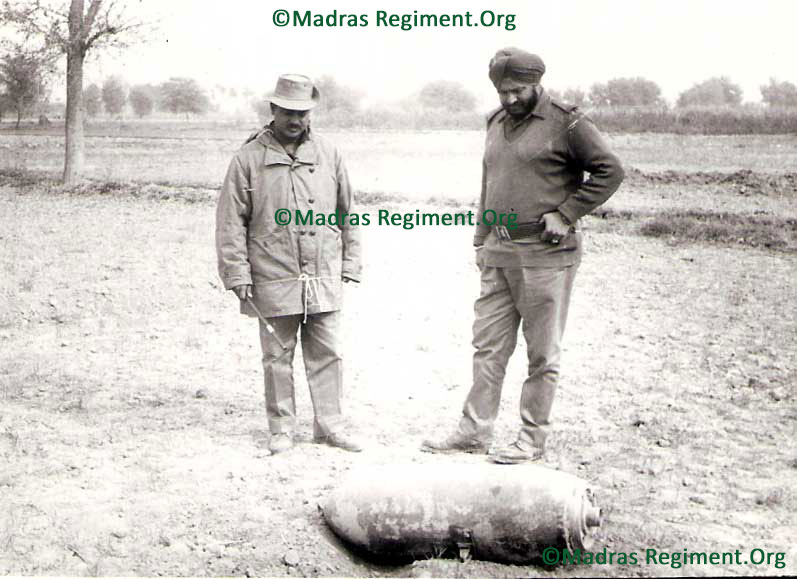
1971 War - The famous
500 pounder that dropped
5 yds from the C.O.'s bunker
during the Pak Air raid by
Sabres, but failed to explode.
Note the missing fin which
may have been the reason
it possibly dropped on its
side and did not explode.
Lt Col J Kumar and
unidentified Artillery Major
-------------------------------
|
|
|
|